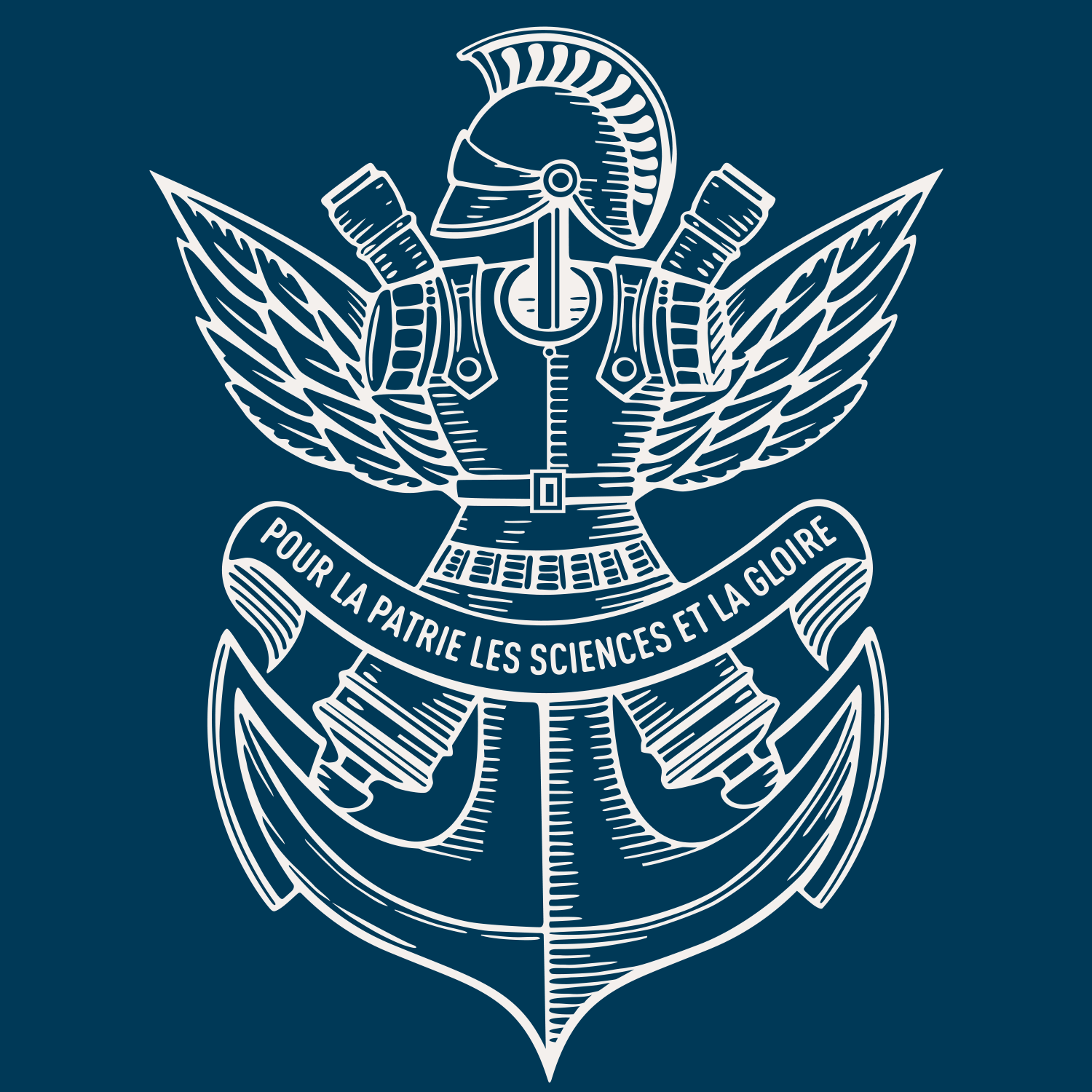A homogenization-based constitutive model for isotropic viscoplastic porous media
Résumé
An approximate model based on the "second-order" nonlinear homogenization method is proposed to estimate the effective behavior of isotropic, viscoplastic, porous materials. The model is constructed in such a way that it reproduces exactly the behavior of a "composite-sphere assemblage" in the limit of hydrostatic loadings, and therefore coincides with the hydrostatic limit of Gurson's criterion in the special case of ideal plasticity. As a consequence, the new model improves on earlier homogenization estimates, which have been found to be quite accurate for low triaxialities but overly stiff for sufficiently high triaxialities and nonlinearities. Additionally, the estimates delivered by the model exhibit a dependence on the third invariant of the macroscopic stress tensor, which has a nontrivial effect on the effective response of the material at moderate triaxialities. The proposed model is compared with exact results obtained for a special class of porous materials with sequentially laminated microstructures. The agreement is found to be quite good for the entire range of stress triaxialities, and all values of the porosity and nonlinearity considered.

